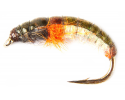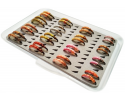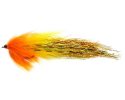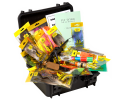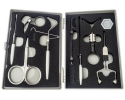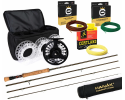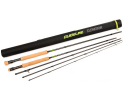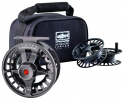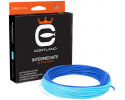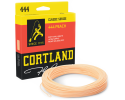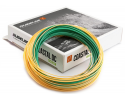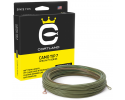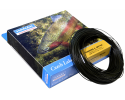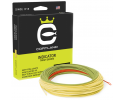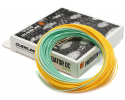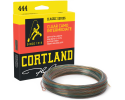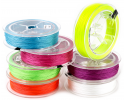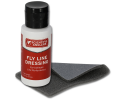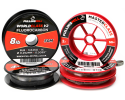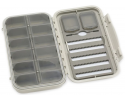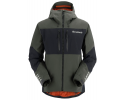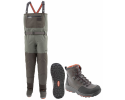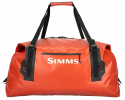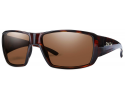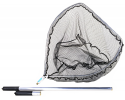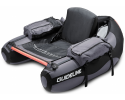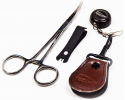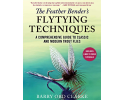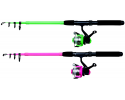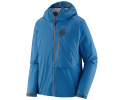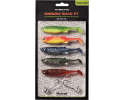If there's a better way to fish lakes and ponds than with a full-sinking line, we haven't found it. The Frequency Full Sink is the perfect sinking fly line for stillwater anglers; it handles streamers and wet flies with aplomb, cuts through the wind, and features a mid-length head for great line control.
We built the Frequency Full Sink with two sink rates and the idea that great subsurface lines don't have to cost a fortune.
Feature:
- Especially effective for fishing streamers.
- Thin diameter cuts through wind.
- Ideal for use in stillwater situations.
- Front welded loop on Sink 3; Sink 6 includes braided loop connection.
- Mid-length head for enhanced line control.
- Sink Rate: 2.5 – 4.0 ips (Sink 3).
- Monofilament core.
Care:
- You think your floating line isn’t floating as well as it used to do, or isn’t as slick as it used to be? The reasons and the ways to fix this are probably pretty simple.
- Lines float because they are lighter than water, and because they are hydrophobic; they repel water. For lines to float their best, both of these features need to be working. The density of your line won’t change, it won’t absorb water and become waterlogged and sink, but if it gets dirty it won’t repel the water well and it will float lower in the surface tension and may get pulled under now and then. The key to good flotation is keeping your lines clean so the hydrophobic surface works.
- Cleaning with soap and water on a cloth removes most of the dirt, but cleaning pads work even better. Properly cleaned, your lines will float better, cast better and last longer, certainly a good trade-off for a couple of minutes of line maintenance.
- To use the cleaning pad, pinch the pad over the line so that the abrasive, non-foam side touches the line. Pull the fly line through the pad under some tension. Repeat this process until some of the fly line color is visible on the pad.
- Clean your lines every 2-3 outings, or anytime you think dirt is hindering their performance. The cleaning pads are easy to carry in your vest or tackle bag and can be used anytime, wet or dry.
- Note that flyline dressing can be used to reduce friction during competition- or practice casting scenarios, but we don’t recommend it for fishing.

























































